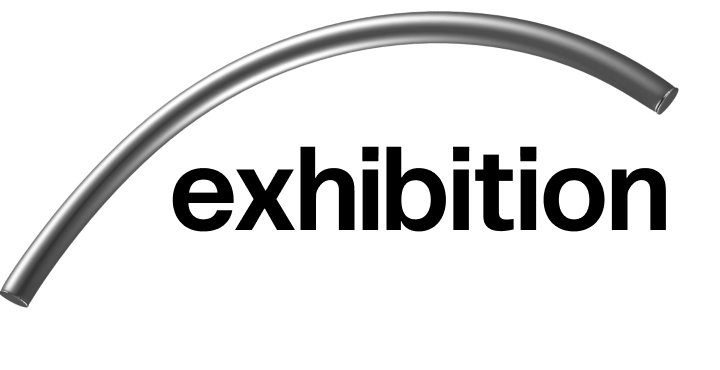Yana Kononova
Yana Kononova has an academic background in engineering and social sciences, with a PhD in sociology. Born on Pirallahi Island in the Caspian Sea, Azerbaijan – an area historically shaped by oil extraction – her family migrated to Ukraine due to the First Nagorno-Karabakh War. Currently, she is advancing her education through the Art & Curatorial Practice program at the New Center for Research & Practice (USA). Her artistic research is focused on the spatial imagery of the techno-ecological milieu, addressing issues of violence, concepts of trauma, post-medievalism, and posthumanism. Her practice explores ways of thinking and navigating milieus with alien temporalities while examining the materiality inherent in the photographic medium. Using medium- and large-format analog cameras, she aims to achieve the tactility she seeks in images residing on the threshold between the sensitivity of the photographic surface and the act of representation. Her inspiration is drawn from contemporary philosophical works in the theory-fiction genre and the monochromatic topographies found in Chinese paintings from the Song dynasty.
Desperation of Landscape
2023,
mixed media
Pilgrimage, 1–8, mixed media, giclée prints, 2023 View of the DniproHPS in Becoming, giclée prints from scanned negatives, 2023 Desperations, 2023, no. 1, no. 2, mixed media, giclée print, 2023 Pilgrimage, video, 2023 Desperation of Landscape is an artistic exploration of the environmental aftermath of war. It focuses on the spatial imagery of war-impacted environments, contextualizing this imagery within Ukraine’s industrial and geological history. On June 6, 2023, Russian forces targeted the Kakhovka Hydroelectric Power Station, resulting in the destruction of the Kakhovka Reservoir dam and subsequent flooding along the Dnieper. To examine the effects of diminished water levels in the Kakhovka Reservoir, the artist journeyed to Zaporizhzhya, a vast industrial center upstream. These landscapes, entangled in the complicity between nature and technology, narrate a series of disasters, both planetary and technogenic. The symbols of the Soviet industrialization project are interwoven with the current catastrophe – the collapse of the Kakhovka dam. The resulting work constructs a techno-geographic milieu, exploring the relationship between the technical and the natural through various artistic expressions. The Pilgrimage series of collages and the accompanying film use the symbolism of pilgrimage to interconnect geographical, cosmic, and technical realities. They are based on photographs and footage of people embarking on romantic and family strolls across the newly revealed land: small islands and rocks emerging from beneath the water, positioned perilously close to the colossal pressure front of the station’s hydraulic structures at DniproHPS. The images from these collective ventures to the rocky elevations and sandy shallows, alongside the monstrous monumental structures of the dam, inspired a reflection on the entanglement between human imagination, the earth, and technology. The Desperations series is derived from photographs capturing people at rest on Zaporizhzhya’s central urban beach, emphasizing the shallower coastline. It contemplates the stark contrast between serene scenes of everyday life and the unfolding catastrophe in the background. The focus is on the alienation and affectivity inherent in the relationship between humans and the technical world, marked by relentless violence. The work explores how spatial representation can convey encounters beyond the human realm, extending to non-human affects. Within the techno-geographic milieu, “desperation” is no longer confined solely to human experience. The series View of the DniproHPS in Becoming comprises photographs depicting the dam’s structure from slightly different perspectives, showcasing the rocks and shallows exposed in front of it due to the decrease in the water level of the Kakhovka Reservoir. This collection highlights the complexity of selecting one decisive, representative shot to document the historical event, especially when the photographer is immersed within the historical process. The series uses the dam’s construction line as a thread, stringing together all the images, as if an obsession with this line provides a foundation for such a choice.


neue Gesellschaft für bildende Kunst (nGbK), station urbaner kulturen/nGbK Hellersdorf, Between Bridges, Prater Galerie
February 23–June 9